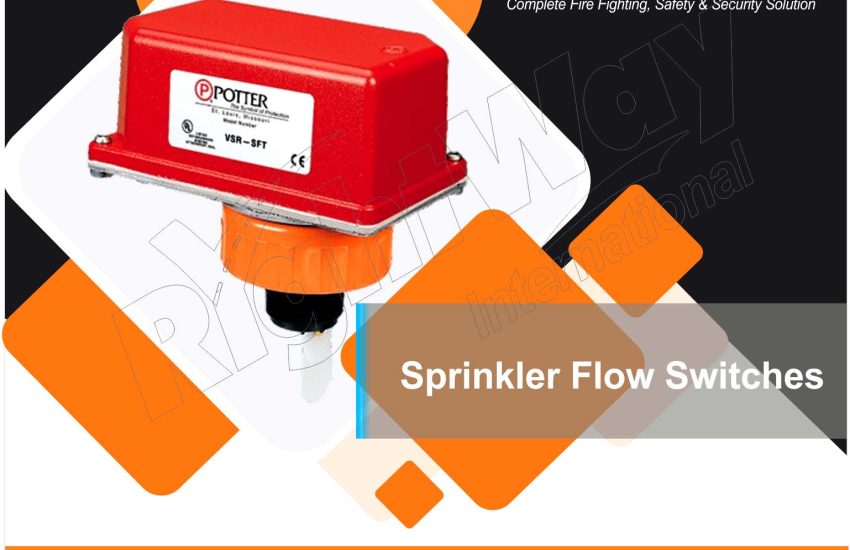Sprinkler Flow Switches are essential devices in fire protection systems, designed to detect water flow in a sprinkler system. Their primary function is to activate alarms and initiate emergency protocols when a fire is detected, ensuring a prompt response to fire incidents. This article will explore the importance, types, installation, and maintenance of sprinkler flow switches.
Importance of Sprinkler Flow Switches
- Early Fire Detection: Flow switches serve as an early warning system by detecting sprinkler activation, which usually occurs when a fire starts. Consequently, this allows for quicker response times from emergency services.
- Alarm Activation: When water flows through the system, the flow switch triggers alarms, thereby alerting occupants and emergency responders to the situation.
- System Monitoring: Additionally, regular monitoring of water flow ensures that the sprinkler system remains operational, providing effective fire protection when needed.
- Compliance with Regulations: Many building codes and fire safety regulations require the installation of flow switches in sprinkler systems to ensure safety and reliability.
Types of Sprinkler Flow Switches
- Mechanical Flow Switch:
- Utilizes a paddle or vane that moves with the flow of water.
- Activates an electrical switch when the flow exceeds a predetermined level.
- Electronic Flow Switch:
- Uses sensors to detect flow and send a signal to the alarm system.
- Offers more precise detection and can integrate with building management systems.
- Pressure Switch:
- Monitors pressure changes in the system and activates when a specific pressure drop occurs, indicating that sprinklers are discharging.
Applications
- Commercial Buildings: Essential for protecting large facilities like offices, retail stores, and warehouses.
- Industrial Facilities: Used in manufacturing plants and warehouses where flammable materials are stored.
- Residential Complexes: Important for apartment buildings and multi-family homes to enhance fire safety.
- Health Care Facilities: Critical in hospitals and nursing homes where rapid evacuation may be necessary.
Installation Considerations
- Location: Therefore, install flow switches in accessible areas, such as near the riser or in the main water supply line, to facilitate easy maintenance and testing. Additionally, this strategic placement ensures that technicians can quickly address any issues that may arise.
- Orientation: Follow manufacturer guidelines for proper orientation to ensure accurate flow detection.
- Pipe Size: Select flow switches compatible with the size of the piping system to maintain effective operation.
- Professional Installation: Engage a qualified fire protection professional for installation to ensure compliance with local codes and standards.
Maintenance Practices
- Regular Testing: Conduct routine tests to ensure flow switches are functioning correctly and respond promptly to water flow.
- Visual Inspections: Regularly check for physical damage, leaks, or signs of wear in the flow switch and associated piping.
- Calibration: Ensure that electronic flow switches are calibrated according to manufacturer specifications for accurate operation.
- Documentation: Maintain records of inspections, tests, and maintenance to ensure compliance with regulations and for future reference.
Conclusion
Sprinkler flow switches are vital components of fire protection systems, providing early detection and alerting occupants and responders to fire emergencies. Understanding their types, installation requirements, and maintenance practices is essential for ensuring effective fire safety. By investing in reliable flow switches and adhering to best practices, facilities can enhance their fire protection measures and safeguard lives and property.


